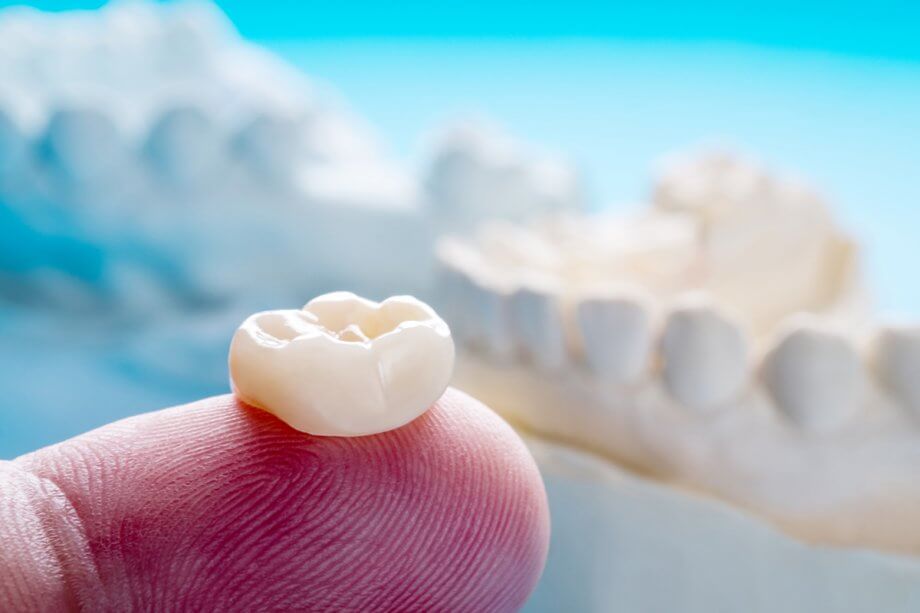A tooth that is weakened or damaged may require some extra support. This usually comes in the form of a crown. As a covering that takes on the natural shape and function of the tooth, a crown can help you maintain your oral health, keep your bite aligned, and preserve the jaw bone.
While they do the same job, crowns may be made of different materials - each with advantages and disadvantages. Here are a few of the most common.
Crowns: An Overview
In most dental offices, it is not uncommon for a crown to take a couple of appointments. The decay or damaged part of the tooth needs to be removed and cleaned up and impressions need to be made so that your new crown will be a perfect fit. Your dentist will likely place a temporary crown over the tooth until the permanent crown is ready - which will then be cemented to your tooth.
The process is relatively painless. If cared for properly, most crowns can last anywhere from 10-15 years - or more!
Ceramic Crowns
Perhaps the most common type of crown is the ceramic crown. Designed using porcelain (a type of ceramic), these crowns look very much like a regular tooth. The color can be almost identical making it difficult to tell a crown from a real tooth. For those who get crowns on highly visible teeth, ceramic crowns are the go-to option. Ceramic crowns are also stain-resistant, too, which is also a plus for those trying to maintain a bright smile.
The only true downfall of ceramic crowns is that they tend to not be as strong as other options, wearing down over time due to heavy chewing.
Metal Crowns
Metal crowns were very common many years ago. They are incredibly durable - and able to handle even the strongest bites. Most metal crowns are primarily created with chromium and nickel but may contain up to 25% of any of the following: gold, palladium, platinum, or silver.
This type of crown can stand the test of time, but may not be suitable for those who are allergic or sensitive to metals. In addition, they aren’t the most blendable option so most patients prefer metal crowns for back teeth.
Metal Crowns with Porcelain Cover
Imagine having a crown that looks natural and fits with the rest of your teeth, but is extremely strong. That’s what you get when you combine metal crowns with a porcelain cover. Again, the porcelain is stain-resistant.
Though, it should be noted that these crowns do have a visible metal strip along the gum line that may be seen as a disadvantage. Over time the porcelain may wear down faster than the metal or become detached from the metal, requiring repairs to be made.
Gold Crown
Looking for the strongest crown available? That would be a gold crown. This metal can withstand constant teeth grinding, heavy chewing, and more. Of course, they are also gold, stand out, and don’t look natural at all.
Many people don’t mind having a gold crown visible in their mouth while others prefer to have them on back molars and such.
Choosing the Best Crown for Your Teeth
There are pros and cons to each type of crown available. Talking to your dentist can help you make an informed decision about the best option for your tooth. Contact Kensington Natural Smiles today at 301-933-3903. Or request an appointment online.

